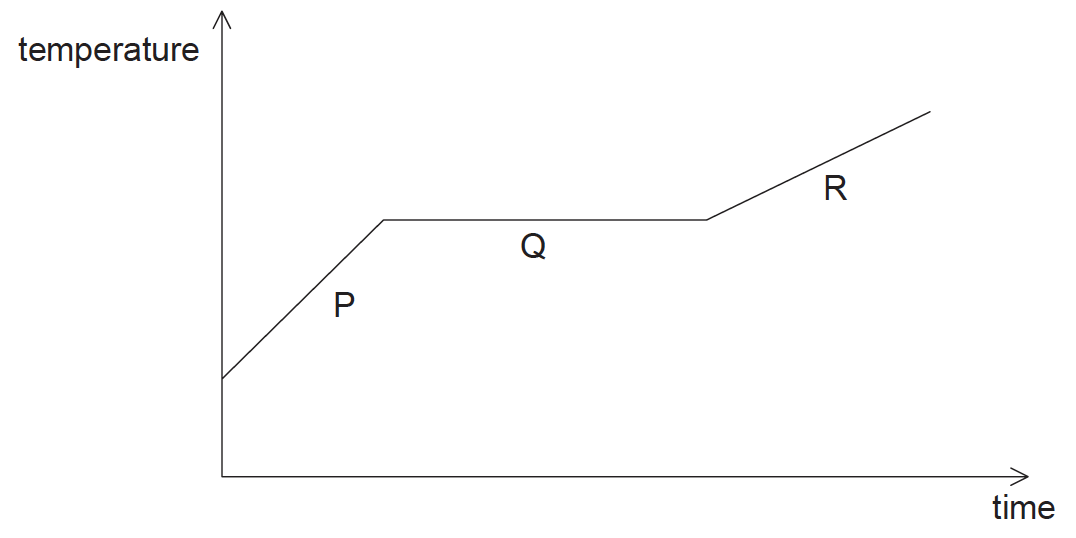Question
What is a correct value for the charge on an electron?
A. 1.60 x 10–12 μC
B. 1.60 x 10–15 mC
C. 1.60 x 10–22 kC
D. 1.60 x 10–24 MC
Answer/Explanation
Markscheme
C
electron, lightest stable subatomic particle known. It carries a negative charge of 1.602176634 × 10−19 coulomb, which is considered the basic unit of electric charge. The rest mass of the electron is 9.1093837015 × 10−31 kg, which is only 1/1,836the mass of a proton.
An object of mass m is connected via a frictionless pulley to an object of mass M, where M > m. M rests on a horizontal frictionless surface

What is the acceleration of the system?

Answer/Explanation
Markscheme
A
Acceleration = net Force acting on body / moving mass
\(a= \frac{mg}{m+M}\)
A railway engine of mass m moves along a horizontal track with uniform speed \(v\). The total resistive force acting on the engine is \(F\).
![]()
Which of the following is the power of the engine?
A. \(\frac{F}{{mv}}\)
B. \(Fv\)
C. \(\frac{{mv}}{F}\)
D. \(\frac{v}{F}\)
Answer/Explanation
Markscheme
B
\(Power = F.V\)
\(= Fv cos 180^{\circ}\)
\(= – Fv\)
Magnitude \(= Fv\)
Question
A sample of solid copper is heated beyond its melting point. The graph shows the variation of temperature with time.

During which stage(s) is/are there an increase in the internal energy of the copper?
A. P, Q and R
B. Q only
C. P and R only
D. Q and R only
Answer/Explanation
Markscheme
A
